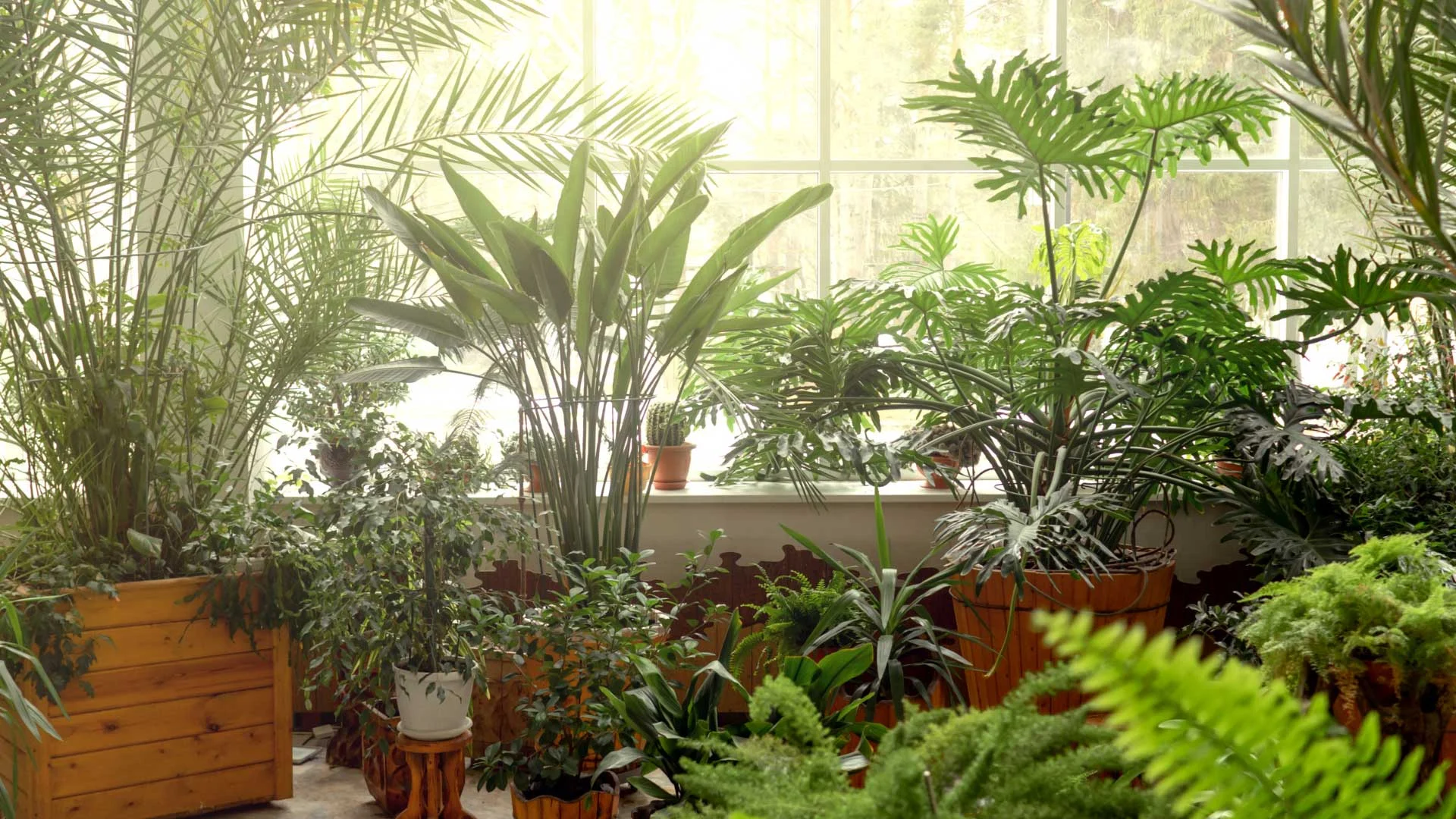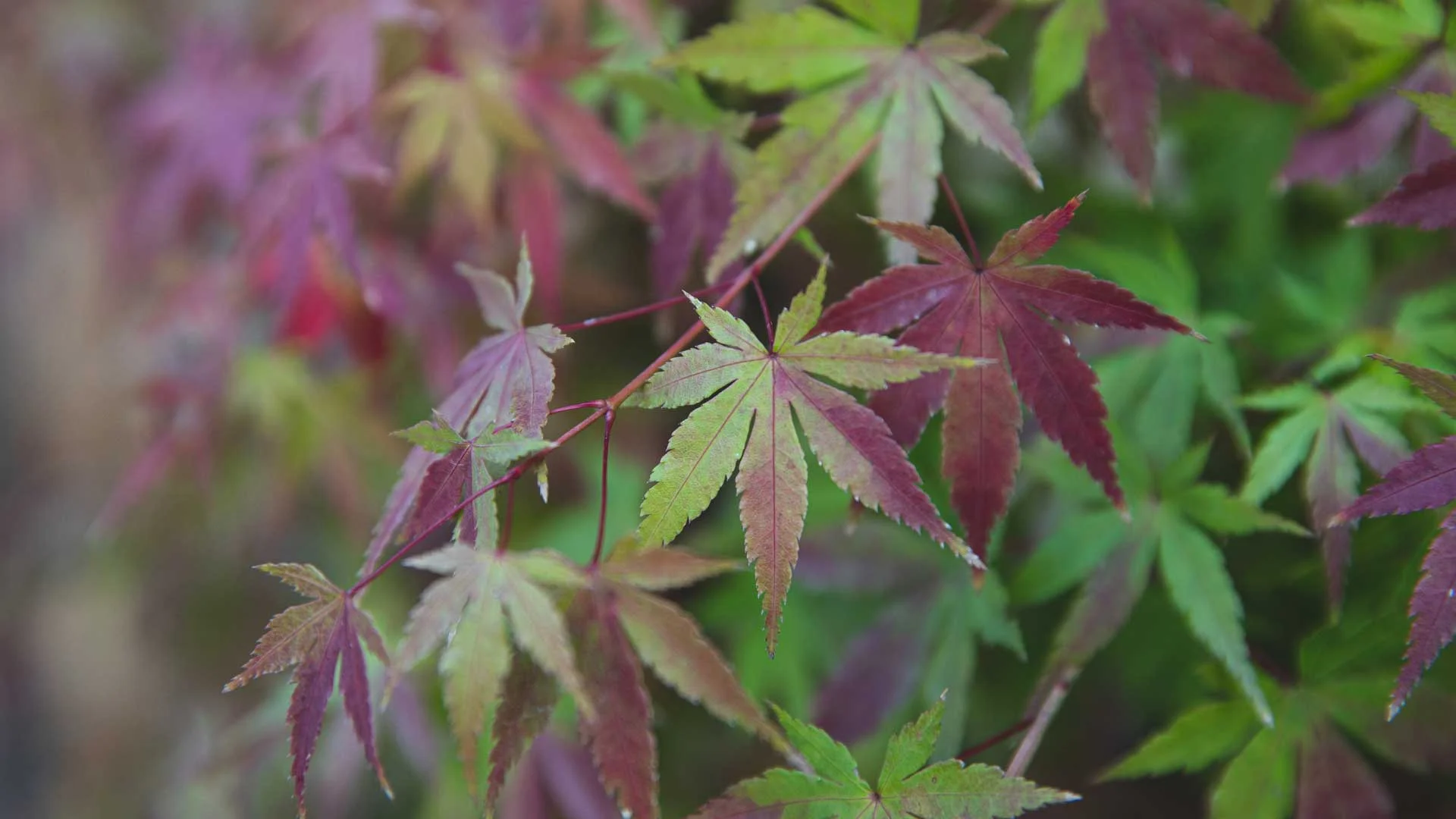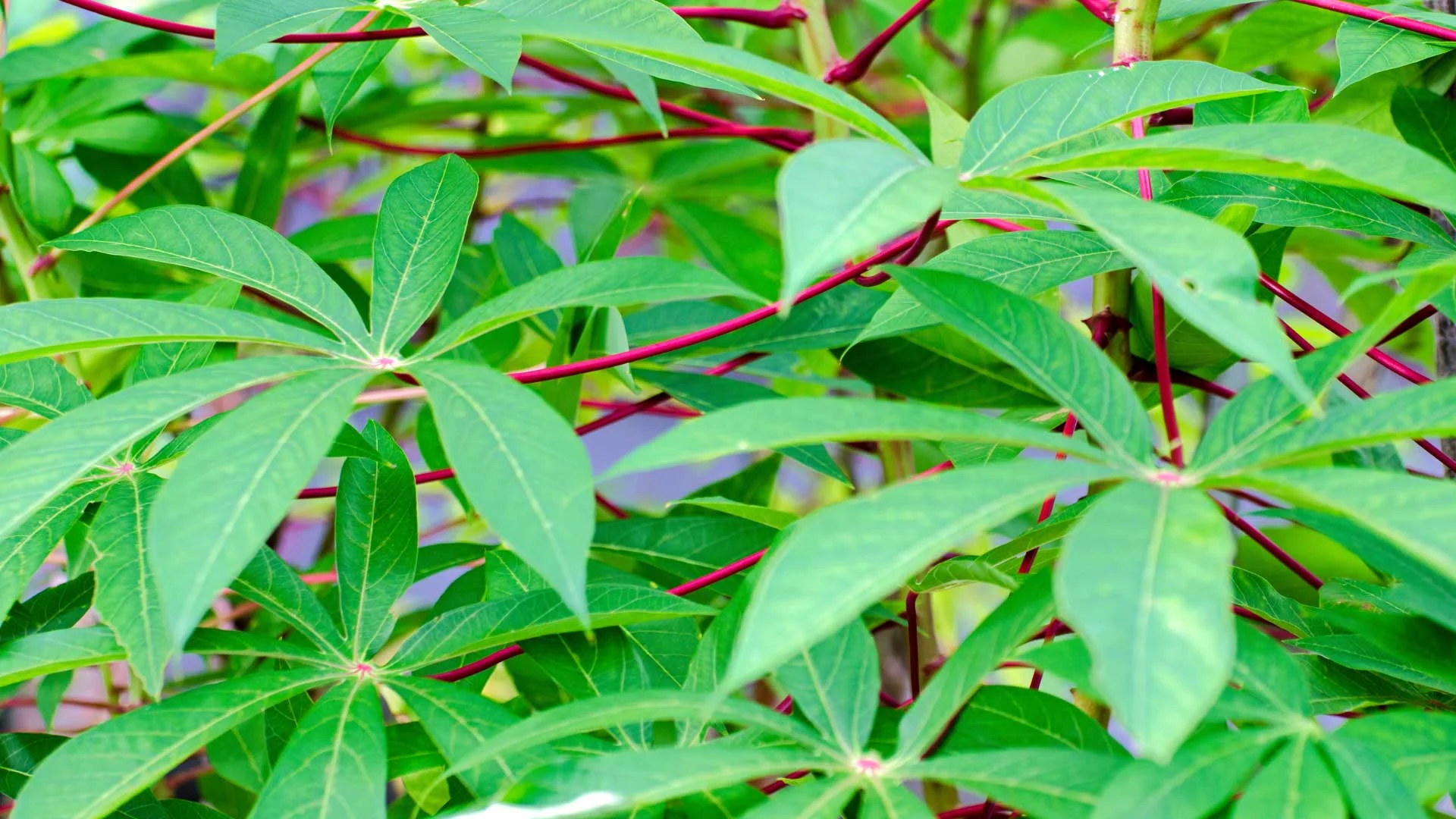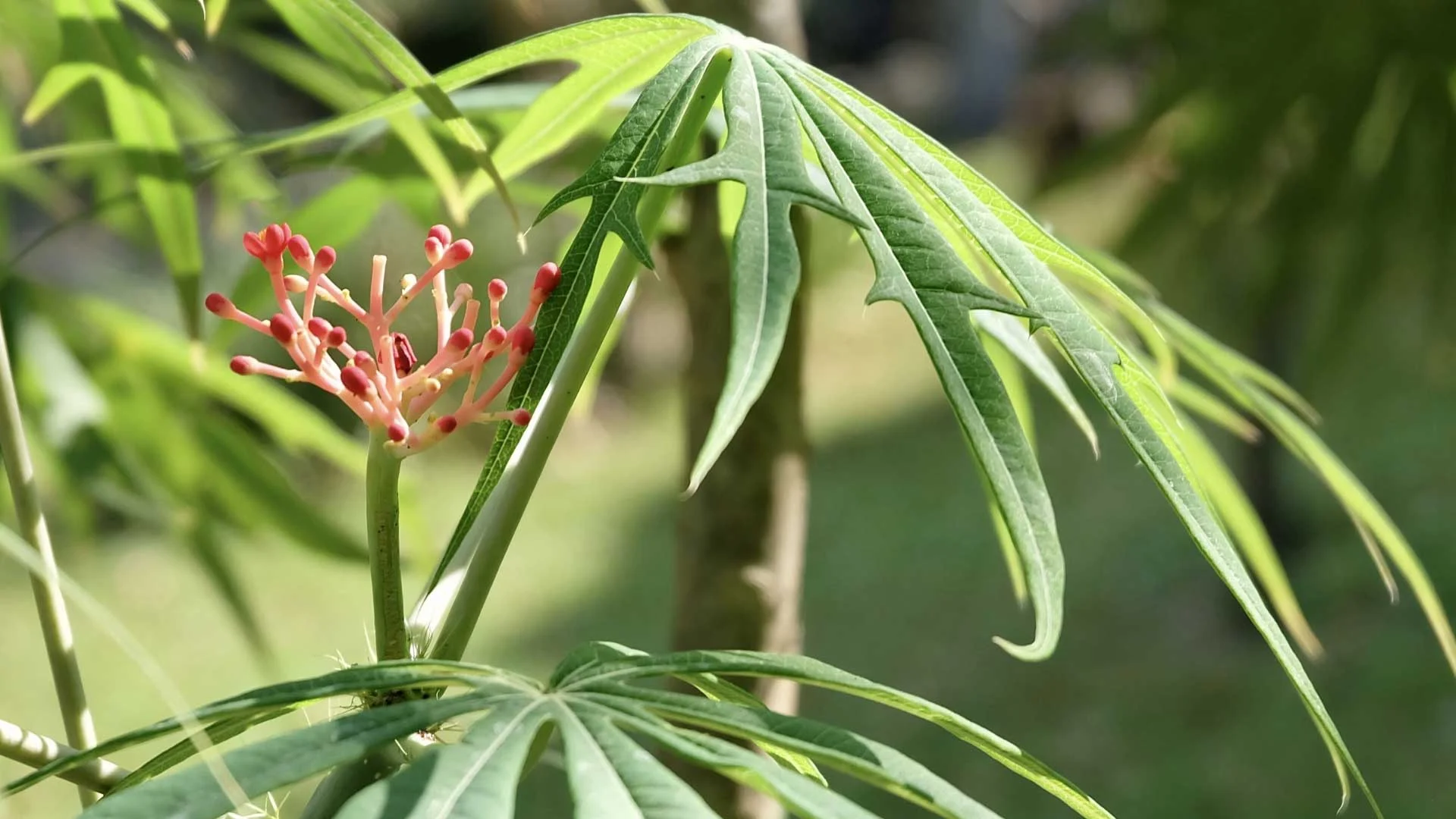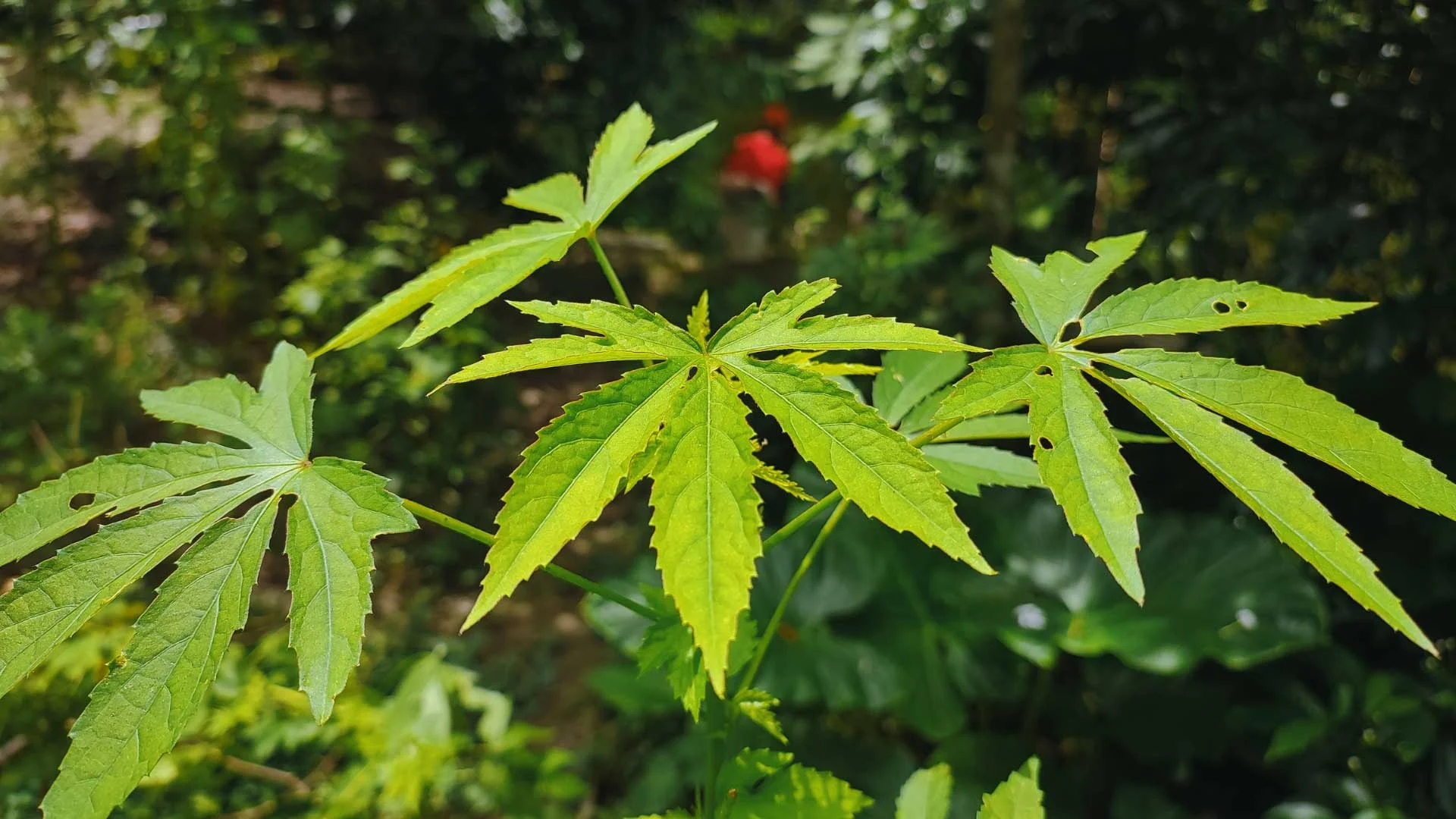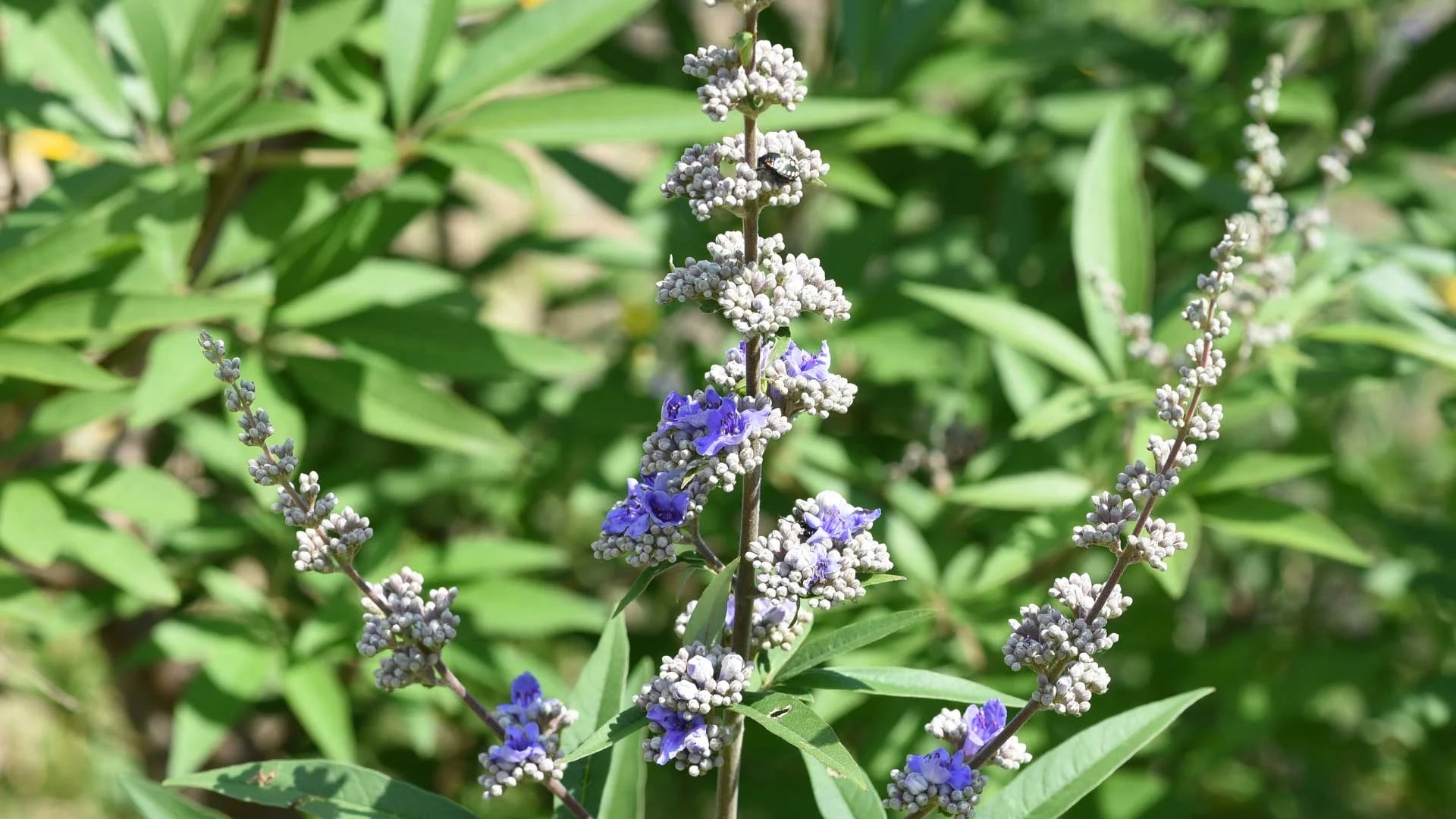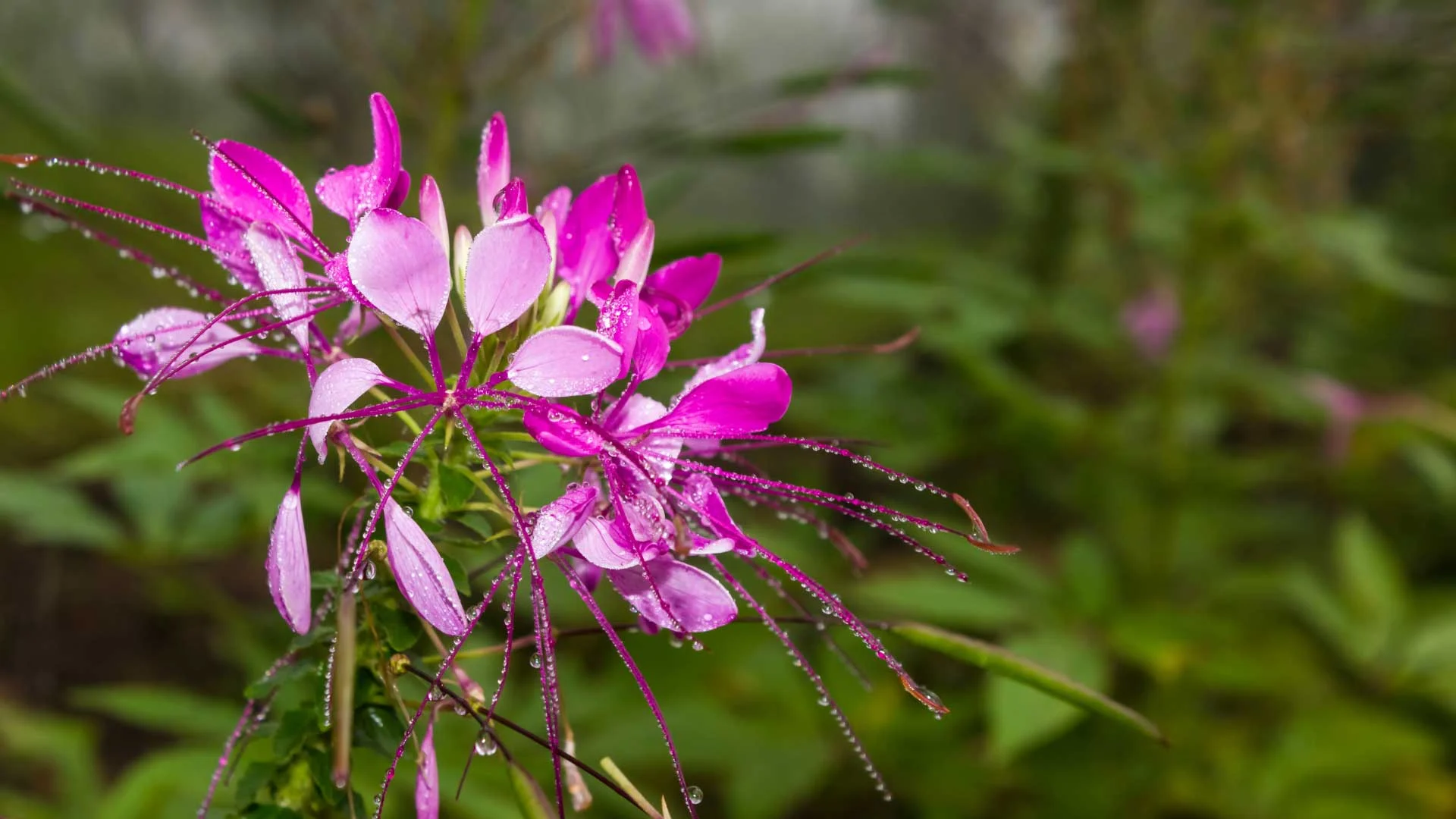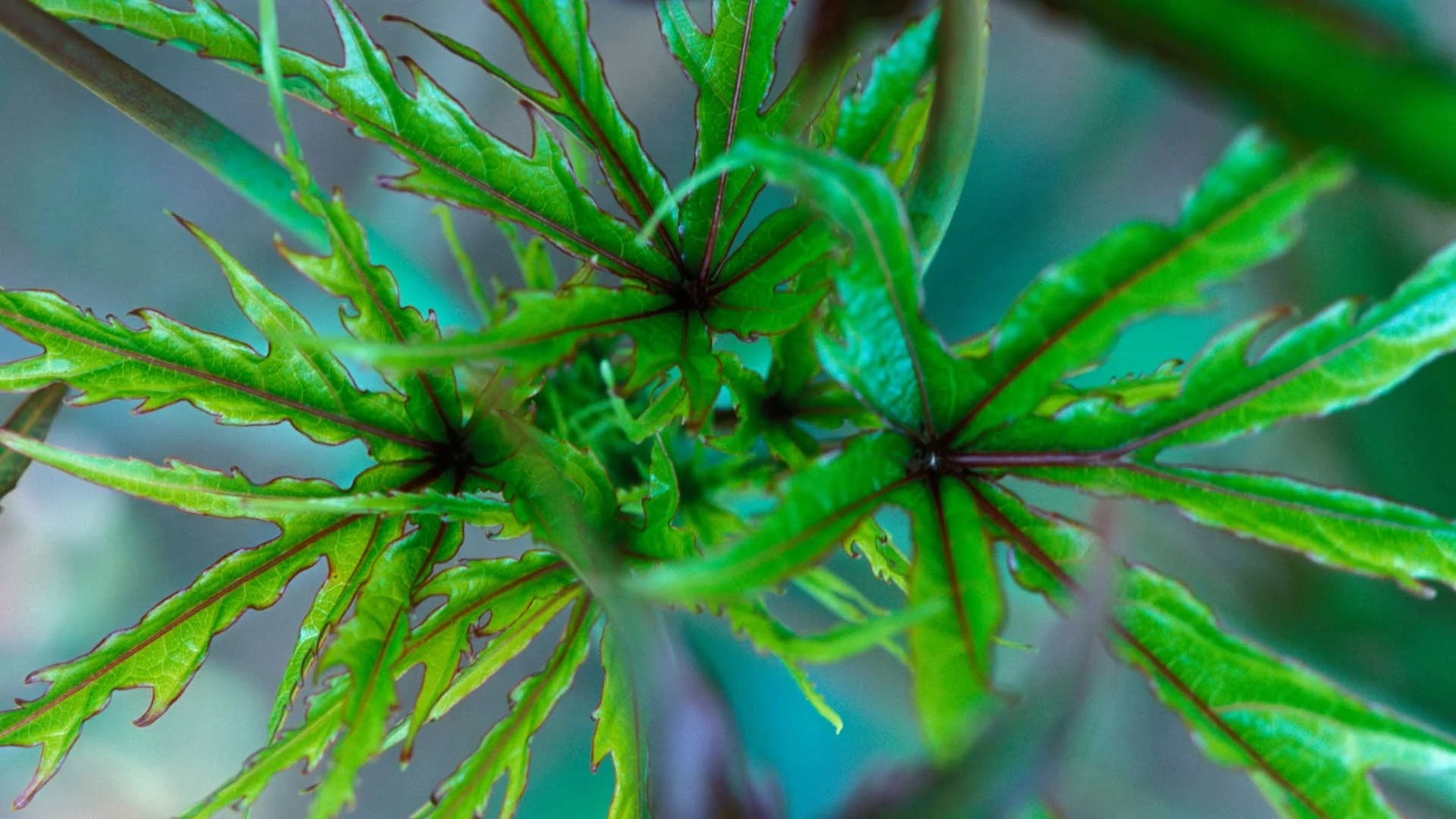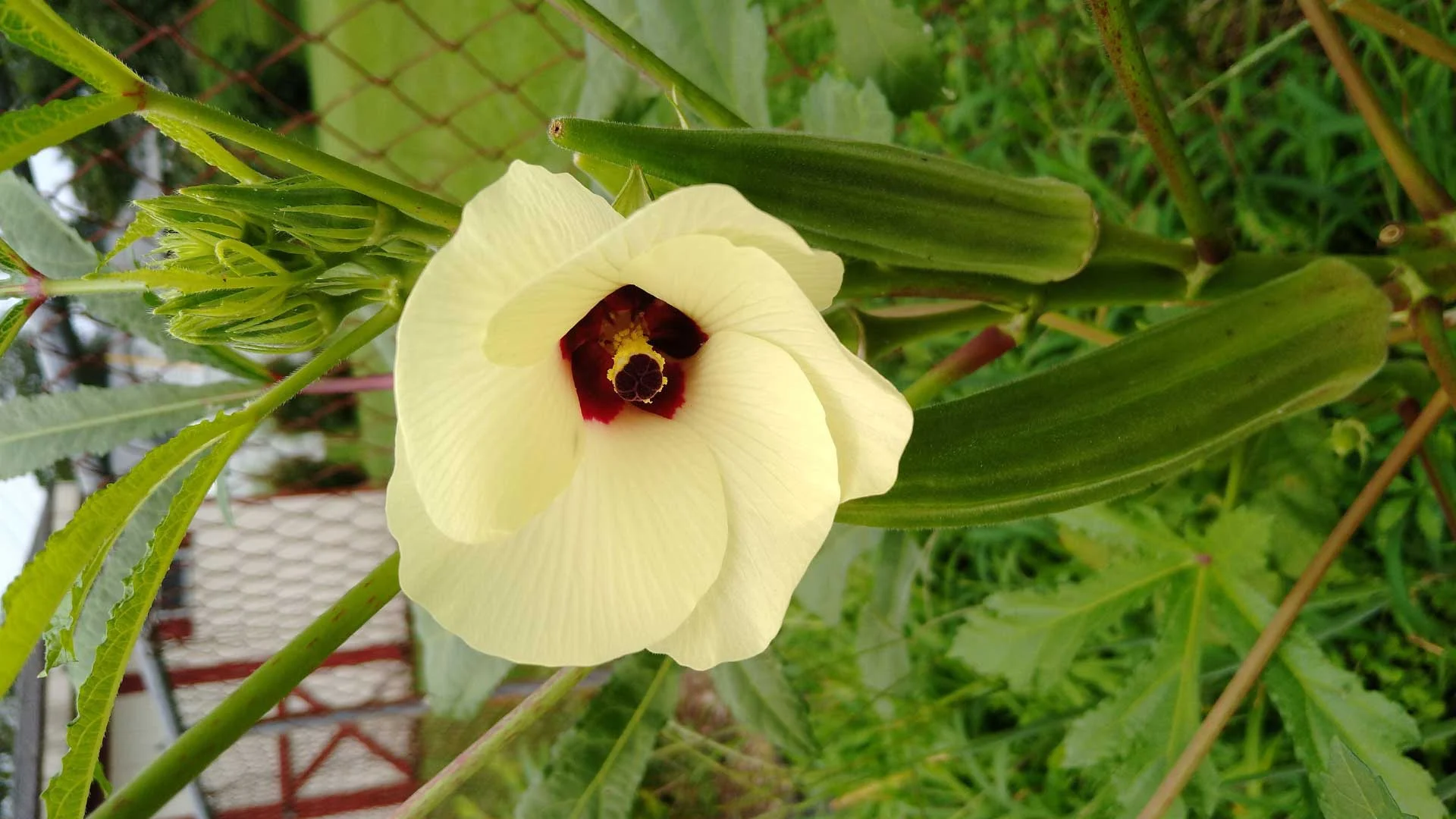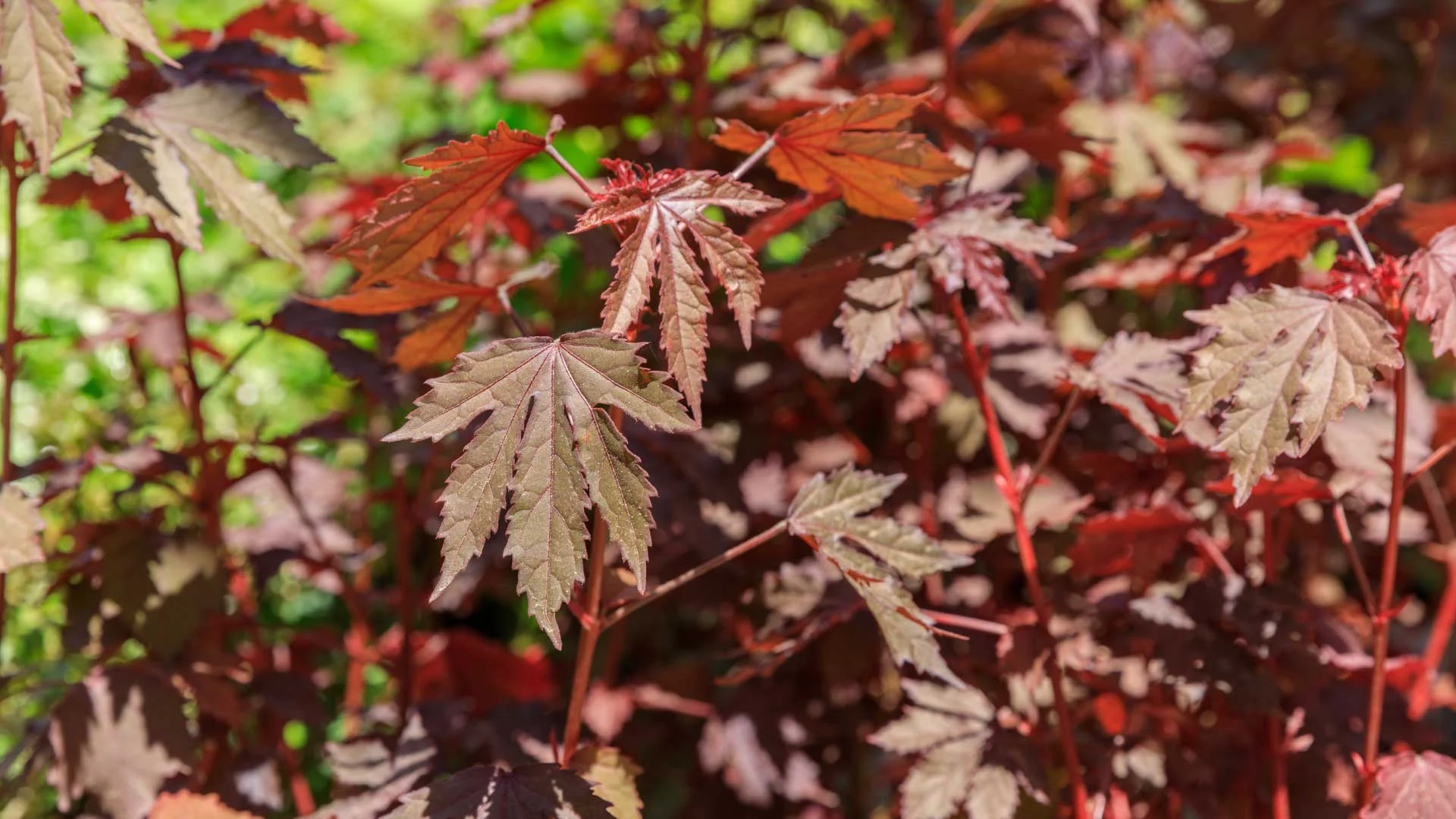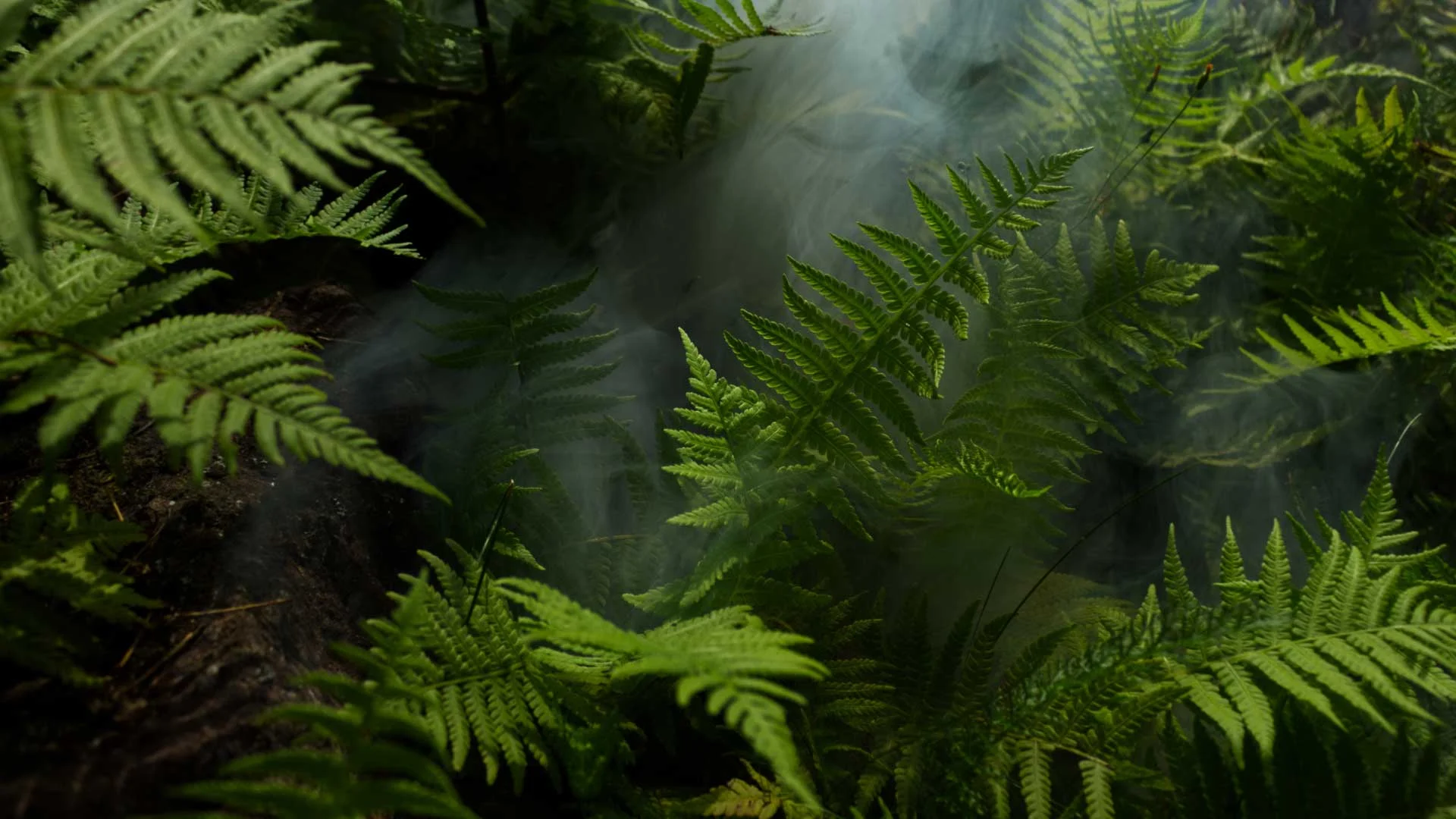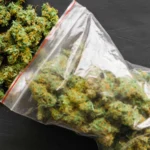As Medical Marijuana becomes more widely recognized and legally accessible, particularly in states like Florida, the interests of users have grown significantly. As individuals can now get a Medical Marijuana card in Jacksonville, they are becoming more familiar with the health benefits of Cannabis and the anatomy of the plant. They are also discovering that Marijuana isn’t the only plant with its iconic leaf shape. Many want to know what does a marijuana plant look like, and are there any plants that look like weed.
With increasing public interest in medical marijuana health effects and a surge in home gardening and plant appreciation, there has also been a rise in confusion over plants that look like weed but are not. Whether you are a curious plant lover, a law enforcement officer, a patient seeking cannabis, or just someone trying to identify a ganja leaves, it’s useful, and sometimes critical, to tell the difference. Not every green, lobed leaf you see is Cannabis, some are flowering ornamentals, others are root crops or traditional herbs, and a few are even toxic if consumed. Hence, it is important to learn more about these plants so we can tell the difference. This article takes a deep dive into 10 surprising plants that resemble marijuana, is there a weed that looks like a strawberry plant and what weed plant looks like a fern.
1. Japanese Maple (Acer palmatum)
This is often mistaken for ganja leaves. The Japanese Maple has deeply lobed, narrow leaves that resemble cannabis. The big difference? Between is that this plant comes in vibrant reds, oranges, and purple colors, unlike the signature green of marijuana. Japanese Maples are widely used in landscaping and bonsai culture.
2. Cassava (Manihot esculenta)
Also known as yuca or manioc, this is a woody shrub from South America. This tropical plant is cultivated for its starchy root, but its leaves resemble those of cannabis. The leaves are palmately divided, and from a distance, they can easily be mistaken for a pot. Cassava leaves and roots contain cyanide and must be adequately prepared before consumption. One main difference is that cassava plants exude a viscous, white latex when damaged, while cannabis does not.
3. Coral Plant (Jatropha multifida)
The coral plant, also known as coralbush, is native to Mexico and the Caribbean. With fern-like, deeply lobed leaves, the Coral Plant bears a strong resemblance to weed plants. However, it produces bright red flowers, giving away its true identity. This plant is toxic if ingested. Hence, it is important to know what a Marijuana plant look like.
4. Kenaf (Hibiscus cannabinus)
Kenaf is a fiber crop related to cotton and okra, and its leaves can resemble marijuana in their early stages. Because of its cannabis-like leaves, it often draws attention when grown in the open. It’s easier to tell these plants apart when they are more mature. The Hibiscus cannabinus produces yellow or scarlet flowers complete with sepals, petals, stamens, and carpels, while cannabis produces subtler, more muted buds. Kenaf is primarily used in paper and textiles.
5. Chaste Tree (Vitex agnus-castus)
A medicinal plant known for its hormone-balancing properties, the Chaste Tree has finger-like leaves that resemble cannabis foliage. It also produces lavender-colored flowers. It also has medicinal properties and can be used as an herbal remedy for women’s health.
6. Cleome (Cleome hassleriana)
Also known as spider flower, this plant’s leaves and overall growth resemble those of marijuana plants. However, its tall stalks and clustered blooms make it stand out. Hence, it is important to know what pot leaves look like, so plants with similar leaves cannot be mistaken for Cannabis. This is an excellent plant for advancing pollination.
7. Texas Star Hibiscus (Hibiscus coccineus)
The deeply lobed leaves of this hibiscus variety can make it look like a weed from a distance. Both have long slender stems and textured leaves with serrated edges, which to the untrained eye, can create the illusion of a cannabis plant to the untrained eye. This is a popular ornamental plant that blooms with striking red flowers.
8. Okra (Abelmoschus esculentus)
Okra is a well-known plant due to its edible green seed pods. This plant has been used in traditional medicine for many decades now. The plant is mainly native to Asia and Africa, but today, okra is commonly found in tropical and subtropical gardens. Okra can be confused with cannabis due to the similarity between the leaves of the two plants. They both share broad, green, palmate-style leaves and can grow to fairly tall heights.
9. Cranberry Hibiscus (Hibiscus acetosella)
This plant not only looks like cannabis but also has deep red and purple tones. While its leaves are edible and tangy, they’re often misidentified as marijuana leaves.
10. Sweetfern (Comptonia peregrina)
If you are wondering what weed plant looks like a fern, Sweetfern is your answer. With its narrow, serrated leaves and bushy growth, it often gets confused with certain cannabis strains, mainly sativa. It’s not actually a fern, despite the name.
Why do you need to know?
In a world where medical marijuana is becoming more accepted, especially in places like Florida, where residents are applying to get a medical marijuana card in Jacksonville, it’s crucial to distinguish real cannabis from its botanical lookalikes.
Incorrectly identifying a plant can lead to:
- Unwanted adverse effects
- Legal confusion
- Misreporting
- Cultivation errors in gardening
If you are interested in the benefits of medical cannabis, and want to understand CBD oil benefits and healing effects of rick simpson oil don’t leave your health decisions up to guesswork. Speak to a licensed medical marijuanas doctor near you to explore whether you’re eligible and how to access the treatment legally.
Understanding Cannabis
While cannabis has a very distinct leaf shape, it’s far from the only plant in nature with such features. Many harmless, and sometimes even helpful, plants can resemble pot leaves or ganja plants. Understanding these differences is not only interesting from a botanical point of view, but it’s also important from a legal and medicinal standpoint.
So next time you spot something suspicious in your garden or while hiking, remember: it is important to understand the different herbs and ferns before making any assumptions.

